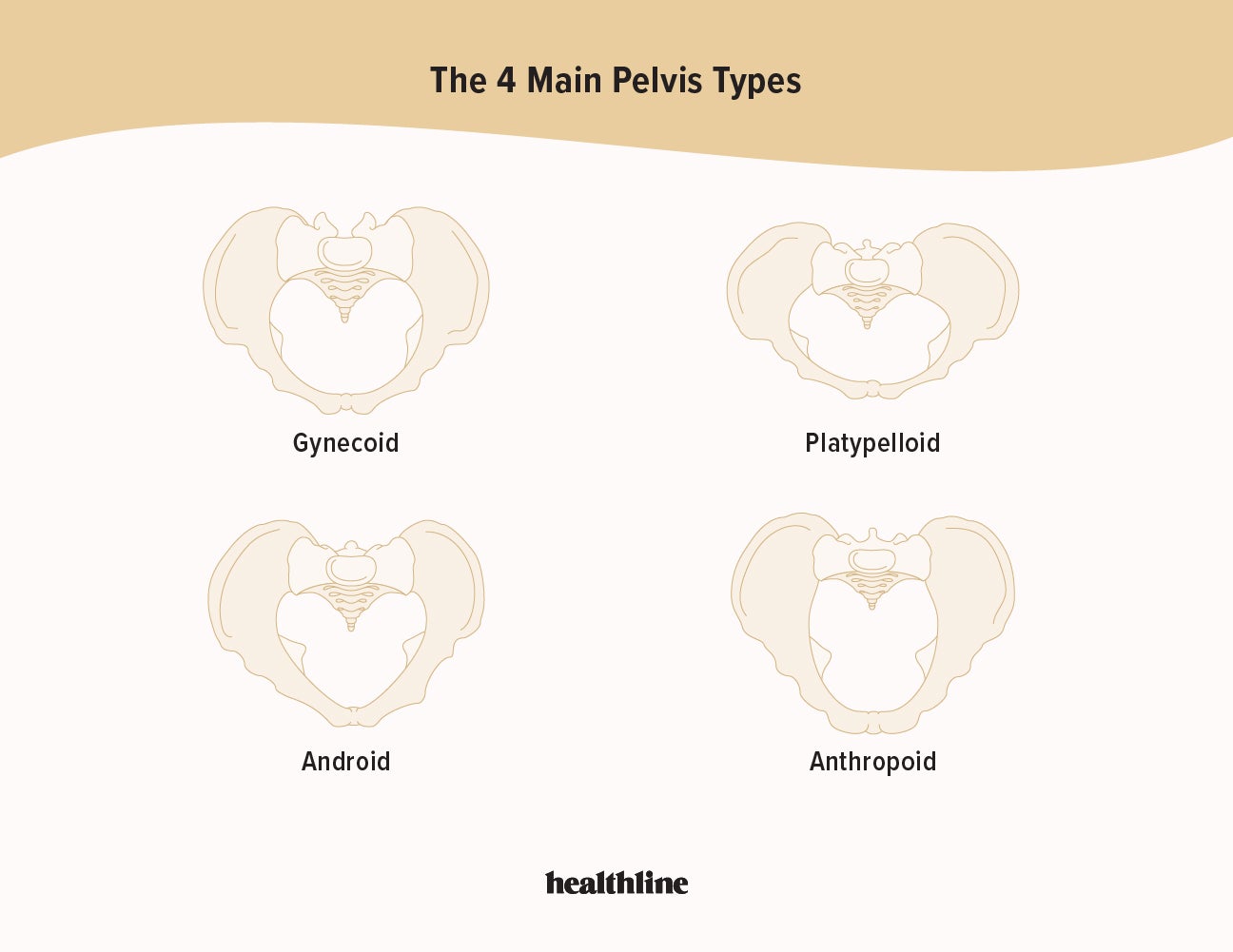Funnel Shaped Pelvis: Its Impact on Childbirth
– The pelvic floor muscles and their function
– The anatomy of the pelvic floor
– The levator ani muscles and their role in maintaining fecal continence
– The pubococcygeus muscle and its stability and support to abdominal and pelvic organs
– The iliococcygeus muscle and its elevation of the pelvic floor and anorectal canal
– The coccygeus muscle and its support to the pelvic viscera
– The innervation of the pelvic floor muscles by the nerve to levator ani and branches of the pudendal nerve
– The blood supply to the pelvic floor area provided by the inferior vesical, inferior gluteal, and pudendal arteries
– Pelvic floor dysfunction and its signs and symptoms
– How pelvic floor dysfunction can lead to urinary incontinence, fecal incontinence, genitourinary prolapse, pelvic pain, and sexual dysfunction
– The causes of pelvic floor dysfunction such as obstetric trauma, increasing age, obesity, and chronic straining.
